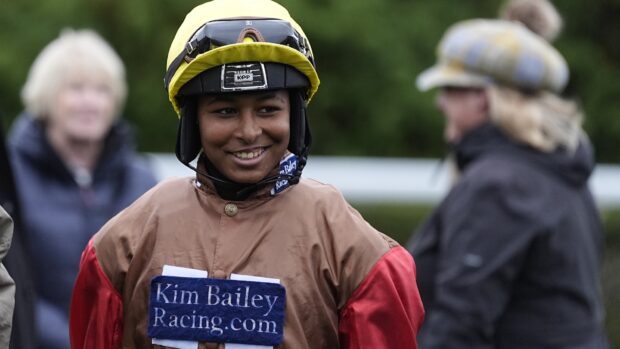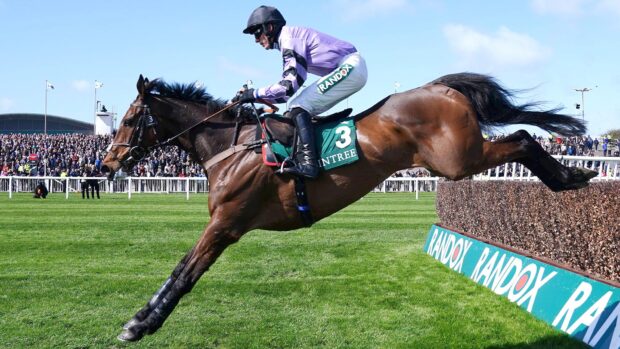Entry qualification criteria for flat handicap races will become more flexible, the British Horseracing Board (BHB) announced last week.
Until the end of the year, all handicaps in classes 1 to 4 — except Heritage and Nursery handicaps — will be open to horses rated up to 7lb above the original maximum allowed in the race. So a class 3 handicap for horses rated 56 to 70 will now also be open to horses rated 71 to 77. This will give horses more opportunities to run in classes 1 to 4.
The move is a slight correction of the handicap revolution introduced in September, when the BHB narrowed bands in a bid to encourage meritocracy. Flat handicaps ranges for horses rated 46 and higher were narrowed to 15lb (for classes 1-3) and 10lb (for class 4) in a significant reduction over the traditional long-band ranges of 23lb to 32lb.
“We knew we wouldnt get it perfectly right the first time, so this is just tweaking the system,” says BHB spokesman Will Lambe. “We still have narrow-band handicaps — were just trying to allow more horses into races. We are certainly not going back to the old system.”
The BHB remains positive about the handicap reform. “The new flat system introduced on 1 September this year promotes meritocracy and hasnt become a bad idea after five weeks of operation,” says BHB racing director Ruth Quinn.
“We have always said that we will be flexible and open to making adjustments. We are monitoring the effect of the new system on an ongoing basis and there will be an initial full review at the end of the turf flat season, which will take into account the views of all interested parties. The structure as a whole will inevitably evolve as time progresses.”
Speaking at Wetherby on Monday, BHB Chief Executive Greg Nichols also highlighted the need for “fine tuning” but remained adamant that narrow band handicaps and other changes in the way racing works are vital to stay at the top in an increasingly competitive sporting environment.
“We have recently heard it said that narrow-band handicaps are the first step to the destruction of the structure of British horseracing. I am the first to admit that there needs to be fine tuning. However, various peoples judgements are clouded by specific instances affecting their own short-term circumstances, rather than the facts as they affect everyone,” he said. “The modernisation of British Racing seeks to shape the future not destroy the fabric of [the sport].”
But the National Trainers Federation remains critical of the handicap reform even in the wake of last weeks adjustment. Although the NTF support the principle of narrow-band handicaps, they argue that the reform was too rigid and the correction is “the right idea done at the wrong time,” according to NTF Chief Executive Rupert Arnold. “This overnight change presented some difficulty because trainers have trained their horses for the narrower bands.”
The NTF had originally asked for handicap bands to overlap but the BHB dismissed the suggestion. “The BHB felt this would cloud the principle of meritocracy,” says Arnold. “We feel the principle is right, but the configuration of the horse population doesnt fit neatly into principles, so there is a need for flexibility.”
The NTF hope that their views and those of the racecourses will play a significant part when the system undergoes a full review at the end of the turf flat season. “So far, racecourses are the only group that hasnt participated [in the process],” says Arnold. “And they are a key participant in shaping how the programme needs to work.”



